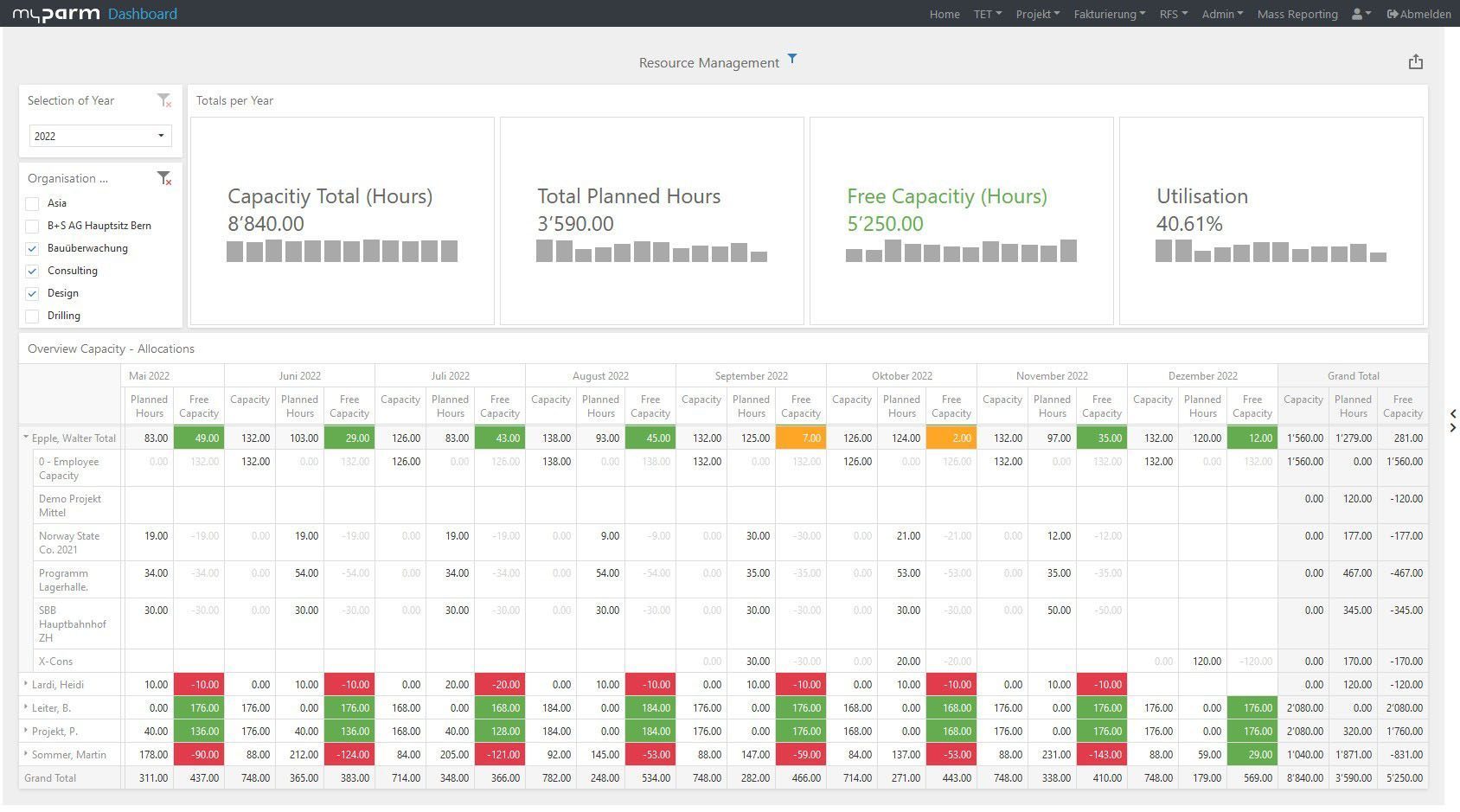This is how project managers choose an optimal project team
A guide to help you select the right team members

Projects are teamwork. Non-functioning teamwork is therefore a frequent reason for their failure. Therefore, it is wise to carefully select the members of the project team even before the start of a project, instead of simply taking the employees whose time is best suited to deal with the project. When selecting the optimal employees, you should proceed systematically.
3 steps to the optimal project team
1. Analyse the requirements
If you as a project manager are planning a new project and want to put together an optimal team for it, this can only succeed if you know exactly what you expect from the individual members of your team. Therefore, analyse your project as well as the steps, tasks and activities that need to be completed in order for it to be successful. Define the skills and knowledge needed to implement the project based on your project planning. These can be very different:
- Professional competence: Professional competence is specialised knowledge and skills related to the task of the project. In order to successfully complete a project, all required competencies must be fulfilled by at least one team member. Often the greatest focus is placed on the professional competences. However, in order for a project to run optimally, you should also include other competences in your considerations.
- Methodological competence: This is knowledge of the methods you need to carry out the project. If you want to handle the project in an agile way, for example, the employees should preferably have experience in agile project management and not only know classic project management methods.
- Personal competence: Personal competence is the ability to critically examine oneself in terms of self-management, organisational and learning skills.
- Social competence: These are competences in dealing with other team members that enable cooperation on the basis of trust, appreciation and recognition. This includes, for example, communication skills, the ability to take responsibility or to resolve conflicts Even if this does not seem so important at first glance, you should always take social skills into consideration to ensure optimal team collaboration.
Time constraints and the project budget also have an impact on the selection of team members. Therefore, you should be aware of the time and budget you have available for your project.
Especially for internal projects that involve several stakeholders within your organisation, it is also advisable to involve all stakeholders in your team. This way you can increase the acceptance of your project within the company.
The following questions should be of central importance in this phase:
- Which skills are required for which tasks?
- At what level should an employee master these skills?
- When do these tasks occur?
- How many employees with these skills are needed and what capacity should they have?
2. Select team members
Once you know exactly which skills and stakeholders are needed in your project, you can assemble the right team based on your requirements profile. To do this, you should first match the skills with the employees in your company. In many companies, systems already exist in which the competencies of the employees are documented with the help of corresponding catalogues and self-assessments. If no such system exists, you will have to rely on your own experience or the experience of the respective supervisors to assess the employees. If you are still unsure about a potential team member, you can have a conversation with them to clarify your questions and understand their skills and mindset. However, you may also find that some required competencies cannot be covered by employees. In this case, you should check whether there is enough budget to bring in external staff.
In any case, consider personal factors when selecting your team members: If individual team members do not harmonise well with others, optimal cooperation is not possible and this can jeopardise the success of your project.
Also check the availability and capacities of potential team members. In addition to the workload due to other commitments, you should, for example, include planned holidays during the project period in your considerations. Furthermore, if possible, a buffer should always be possible in case a staff member is unexpectedly absent.
Weigh all the points together to come up with a list of potential team members who are suitable for your project. If you need people from other departments for your project team, you should also make sure to always target two possible team members for your needed requirements. This is important as you will first need to speak to the relevant team or department leaders to see if they agree that your chosen team member joins your team. If your desired candidate is not available, you can use this approach to find another team member.
In this phase, clarify the following questions to determine the optimal team:
- Which internal employees have the necessary skills?
- Which employees have the necessary capacities available?
- Is it possible to hire external staff? Or how can missing skills be procured?
- Do the tasks match the potential of the selected team member and does he or she fit in with the rest of the team?
A project management software with integrated resource management can help you to compare employees, their skills and their availability. This will not only help you identify the required skills, roles or employees, but also give you an overview of capacities or possible bottlenecks.
Examples from practice:
Identify staff with the required skills and experience.
In addition to the information from a skills management system, a project management software can also support by evaluating the project history. In this way, for example, it can be determined which employees have worked on which projects, in which time period, in which roles and functions.
Application-supported, simple checking of available capacities
A resource management system integrated in the project management software allows for an up-to-date display of free capacities at any time. In this way – at least as a first step – the capacities that are basically available can be checked at the division/department level, of teams (resource groups) or at the employee level.

3. Schedule employees
If you know exactly which employees would be optimal for your team, you should contact the human resources department or the respective supervisors to clarify whether the desired employees can be made available for your project. Once all employees have been scheduled according to your wishes, it is advisable to check once again whether your finished project team actually has all the necessary competences to be able to complete your project in the best possible way and whether there could be possible conflicts between the individual members of your team. This way you can avoid contentious situations and potential problems right at the beginning.
Conclusion
A good and committed project team is crucial for the successful implementation of your project. To ensure that all team members work together optimally, you should therefore take the time to carefully select your team. This way, each team member can bring their unique skills to the table to achieve your project goals.
More about the project management software myPARM:
Would you like to get to know myPARM in a demo presentation? Then make an appointment with us right away!
